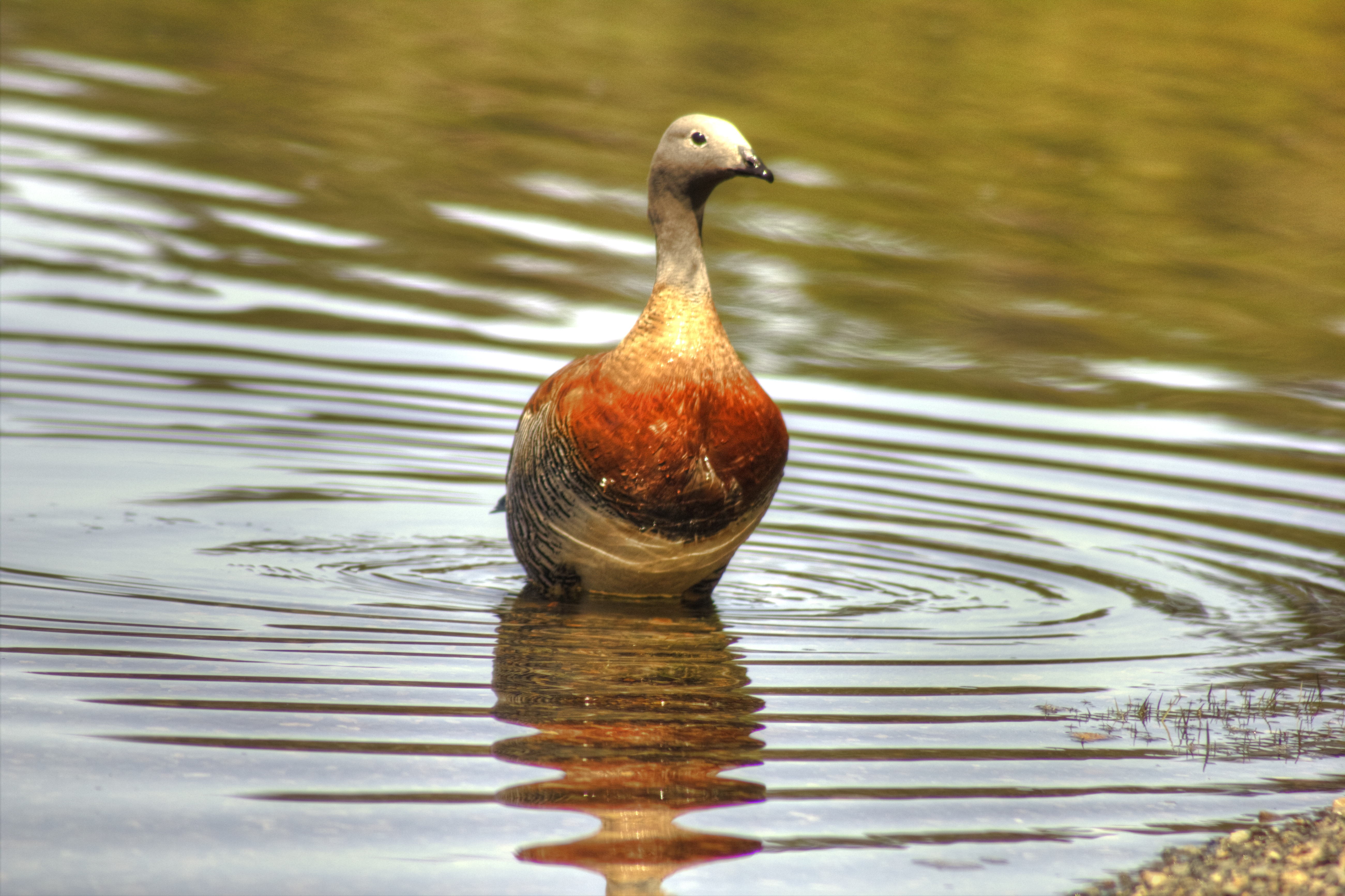|
Moquehue
Moquehue is a town in the Aluminé department, in the province of Neuquén, Argentina. It is located on the shores of Lake Moquehue, on Provincial Route 11, 23 km southwest of Villa Pehuenia and 80 km northwest of Aluminé. The meaning of the name ''Moquehue'', is shady as there are several unofficial versions about its meaning. Some of them are: “place where there is maqui (''Aristotelia chilensis'')”, “place where there is abundance of food”, “place of love” and “place of premonitions or dreams”. The Maqui is a tree that bears a fruit that is highly prized by indigenous cultures, but it is not often seen in the Villa Pehuenia area. For this reason, it is not known with certainty if the meaning of ''Moquehue'' that refers to this species is correct. It is believed that the region that Villa Pehuenia and Moquehue occupy today has been populated for 10 thousand years. At that time, the valley was home to numerous hunting and gathering peoples who gave r ... [...More Info...] [...Related Items...] OR: [Wikipedia] [Google] [Baidu] |
Aluminé Department
Aluminé is a department located in the west of Neuquén Province, Argentina. Geography The departament limits with Chile at east and northeast, Loncopué Department at northwest, Zapala Department at southwest and Huiliches Department Huiliches is a department located in the south of Neuquén Province, Argentina. Geography The Department limits at north with Aluminé Department, Catán Lil Department at northeast, Collón Cura Department at southeast, Lácar Department at s ... at south. {{DEFAULTSORT:Alumine Department Departments of Neuquén Province ... [...More Info...] [...Related Items...] OR: [Wikipedia] [Google] [Baidu] |
Villa Pehuenia
Villa Pehuenia is a village and municipality in Neuquén Province in southwestern Argentina. The town is located on the northern shore of Aluminé Lake and its economy is primarily based on tourism. The village is in the Andes and is located about from the border with Chile via a highway through the Icalma pass. The town is named after the pehuén or monkey puzzle tree (Araucaria araucana), an endangered species found here at the southernmost limit of its range. History The Mapuche people moved into this region from Chile in the 18th century, absorbing the earlier indigenous people and dominating the region until the late 19th century. Logging was the industry that first attracted settlers of European origin. The village of Villa Pehuenia was not created until 1989 with a population at that time of 155 people. The population had grown to 1,611 in 2010, the increase attributable to the increase in tourism. The indigenous Puel people (of Mapuche origin) continue to maintain a c ... [...More Info...] [...Related Items...] OR: [Wikipedia] [Google] [Baidu] |
